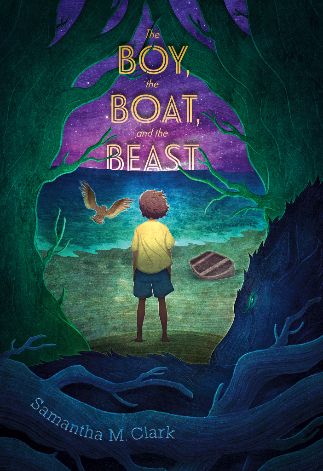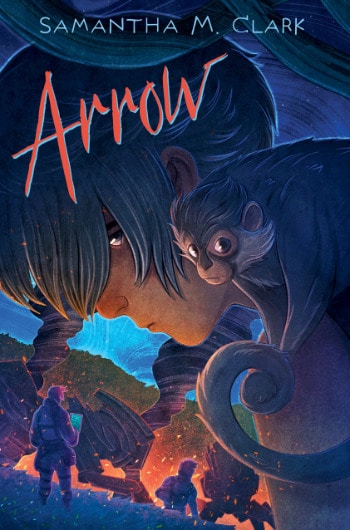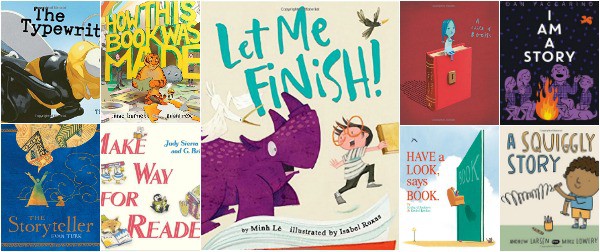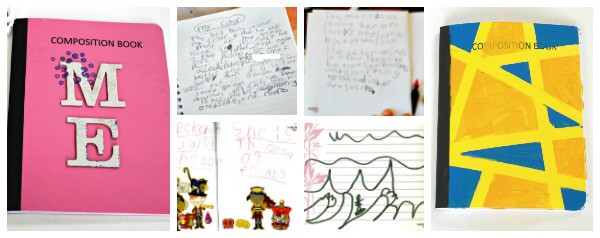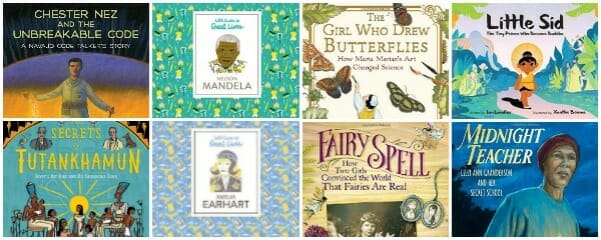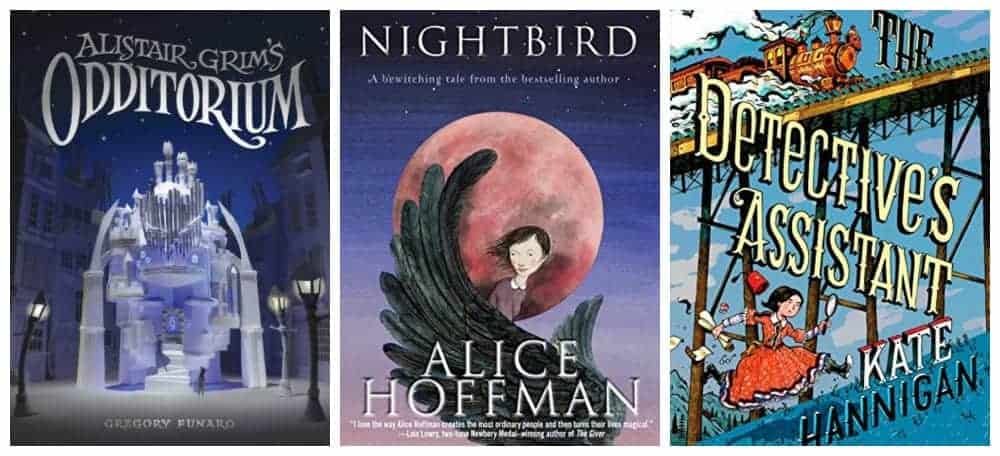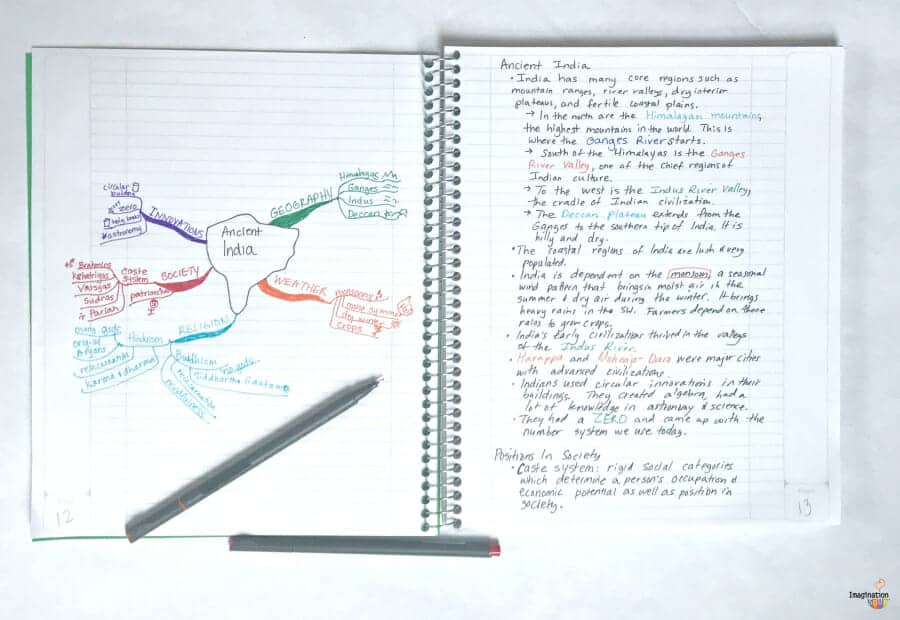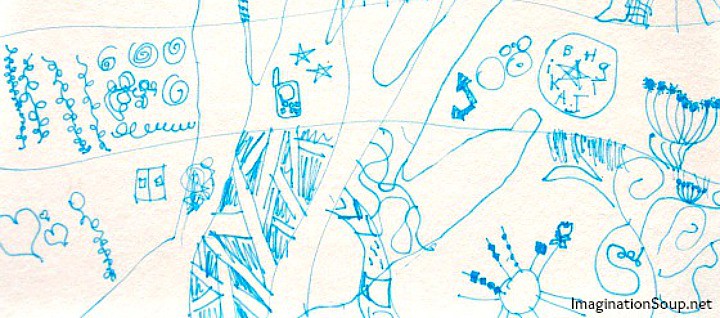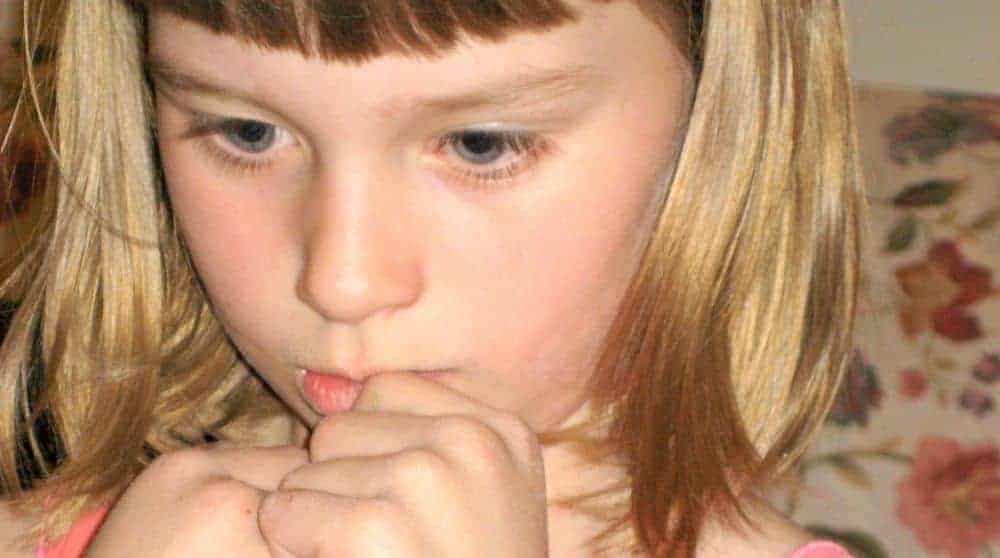5 Ways to Get Story Ideas Like an Author
This post may contain affiliate links.
written by Samantha Clark
One of the questions I get asked the most is how I get ideas. I love answering this question, because before I started writing my own stories, I wondered the same thing. I would read books and think I couldn’t possibly come up with an idea that’s so fun or interesting. But the amazing thing is, once I figured out how to find ideas, more and more started to pop into my brain. How did I go from no ideas to lots? I’ll tell you.
But first, I want to share with you the biggest secret about getting story ideas: It’s ok to start small.
The more I learned, the more I realized that I don’t have to have an idea that’s as big as, say Star Wars. I just had to have a spark, the smallest little part of an idea. Then when I explore it, I can slowly come up with characters, situations, plot turns, a whole story. All from the spark.
And, not all my ideas would turn into a story, and that’s ok too. Sometimes, one idea might spark a better one. Here are 5 ways that I’ve got story ideas for my books, plus exercises to help you try it.
1. Be Curious
You’ll often hear writers talk about getting a “What If?” question for their stories. What-if questions are a great way to get that spark of an idea. My novel THE BOY, THE BOAT, AND THE BEAST started with a what-if question. I was walking my dog in a park that had a lake on one side and houses on the other. I couldn’t see anyone around and I felt a bit isolated. It got me thinking, what if the houses were a forest and someone woke up in this park not knowing who they were or how they had gotten there? I was so intrigued by this idea, I thought about it all the way home, and by the time we were back, that spark had turned into the start of the story.
What-if questions start with us being curious about something and wanting to know more. That curiosity gives us the spark of an idea, and our need to know more helps us explore it to find the bigger story.
Help a Kid Exercise: Turn curiosity into a game. Give them a picture and make it a race to see who thinks up 5 what-if questions the quickest, or give them 3 minutes to come up with as many questions as they can in that time. The what-if question must start with the picture (limitations can help us kick off our thoughts), but then they can change or make up new things to come up with the questions. The questions can be as silly or outrageous as they’d like. This just gets them thinking.
For example: Let’s say you show them a picture of a chicken pecking at a seed. Your kids could think, what if a T-Rex was behind it? What if the seed turned into giant beanstalks? What if the chicken was blue? What if the chicken had a tail like a fox? Once they have their questions, they can each choose the one they like best, and ask more questions. So, if we took the question “What if the chicken was blue?”, we might come up with these new questions: How did the chicken turn blue? Do the other chickens make fun of her? Does she like being blue and being different? How could being blue and different be good for her? Etc. The more questions your kids ask, the closer they’ll get to a story.
2. Go For a Wonder
I get lots of story ideas when I go for a walk, like that spark that led to THE BOY, THE BOAT, AND THE BEAST. But there’s a reason the title of this section isn’t “Go For a Walk” and instead is “Go For a Wonder.” Too often, when we’re walking, our minds are filled with the things we have to do that day or the things we did yesterday. Ideas come from minds that are free enough to wonder and curious enough to ask questions.
Clear your mind when you’re walking and explore your surroundings with all your senses. Look at the shapes of trees and houses, smell the flowers, listen to the sounds, touch branches of bushes. What kind of thoughts do these bring up? What are you curious about?
Help a Kid Exercise: Take your children out for a walk. It can be in your neighborhood or through a park. Encourage them to tell you about the things they see and to ask questions about it. This will help them to get used to looking at details. Is there a squirrel running across a tree branch? Where’s it going? Why? That could be a story spark. Is a plane flying overhead? What if it was something else? What could it be? Get your kids thinking about what they see, hear and smell, and asking questions to give them story ideas.
3. Research Your Passions
Just like people tell stories to answer questions they’re curious about, they also write stories about things they’re passionate about. My newest novel, ARROW, is about a magical hidden rainforest. I love trees and am passionate about protecting forests. I have always wanted to write a story that featured trees. One day, the image of a boy with a limb difference who lived in a tree popped into my head. I didn’t know anything about this boy, but I was curious. So I started asking questions and doing research to see if this image could spark an idea for a story. I researched forests and found a TED Talk with renowned ecologist Suzanne Simard talking about mother trees and how they communicate. I wondered, what if a Guardian Tree used magic to hide its rainforest to protect it from deforestation? And just like that, ARROW was born.
Help a Kid Exercise: Have your children write down all the things they’re passionate about, then choose one to research further. While they’re researching, have them write down all the things they find the most interesting. Then have them think about other things they’d like to know, things that make them curious. They can write what-if questions and spark new ideas.
4. Mine Your Past
Authors often get story ideas from things that have happened to them in the past. Before I was writing novels full-time, I worked as a journalist and editor at a number of magazines, including a movie magazine. A few times, I got to go on movie sets and interview actors and directors. When I was asked to write a proposal for Penguin Workshop’s AMERICAN HORSE TALES series, about girls and their horses, I thought about when I had gone on the set of a movie that featured monkeys. I thought, what if I change the monkey to a horse and make the trainer a girl? From there, I got the idea for AMERICAN HORSE TALES: HOLLYWOOD, about a girl who goes to her horse’s TV show audition and gets herself on the show too as a stunt rider.
Mining our past as authors doesn’t have to mean we have to write exactly what happened to us, but we can get inspiration from our experiences and change them to create new stories.
Help a Kid Exercise: Ask your kids to write about one incident from their past. It could be something happy like a birthday party they enjoyed, or something scary like the first time they went on a roller coaster. When they’re finished writing about their own incident, have them look at it again and think of things they could change to make a different story. What would’ve happened if a dinosaur crashed that birthday party? Or if all the birthday presents were stolen? Using past experiences gives a wonderful foundation where kids can base a brand new story.
5. Mix and Match and Turn It All Around
Another way to spark new stories is to take different ideas and put them together. That’s what authors do when they write fairy tale retellings, for example. They take an old story that people know well and change it up with new ideas. For example, the picture book GOLDY LUCK AND THE THREE PANDAS, written by Natasha Yim and illustrated by Grace Zong, is the classic story of Goldilocks and the Three Bears rewritten to feature a Chinese girl called Goldy and three pandas. The author didn’t stop there in her retelling, though. She asked the question, what if Goldilocks had tried to fix what she’d done to the bears? Then she answered that question in this fun picture book.
Using the mix and match and turn it all around tool, you can put parts of two stories together to create a new one, turn a classic story upside down, put a twist on a story you love, or even mix and match your own ideas. There are lots of ways this tool can spark new stories.
Help a Kid Exercise: Have your children draw a line down the middle of a sheet of paper. Ask them to list their favorite characters on one side and their favorite places, both fictional and real, on the other side. Now tell them to draw lines connecting the characters to places. They might end up with, say, Rumplestiltskin in the Grand Canyon. Then encourage them to ask questions. Why is Rumplestiltskin in the Grand Canyon? How did he get there? How will he get out? This is how a lot of fan fiction starts and can lead to brand new and very original stories.
With all these tools under your belt, you’re going to be brimming with story ideas really soon. What do you do next? Store them all away so you won’t forget them, then choose one that you’re most excited about (I like to say, the one that’s speaking to me the most). Take that shiny spark of an idea and start building on it. Not every idea will grow into a full story, but that’s okay, because once you start inviting ideas, they’ll keep showing up begging to be explored.
About Samantha M. Clark
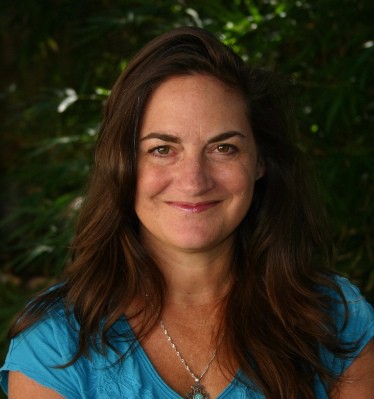
Samantha M Clark is the award-winning author of THE BOY, THE BOAT, AND THE BEAST and ARROW, published by Paula Wiseman Books/Simon & Schuster, and AMERICAN HORSE TALES: HOLLYWOOD published by Penguin Workshop/Penguin Random House. In a past life, Samantha was a photojournalist and managing editor for newspapers and magazines. She lives with her husband and two funny dogs in Austin, Texas, where she helps other writers as the Regional Advisor for the Austin chapter of the Society of Children’s Book Writers & Illustrators. Sign up for news and giveaways at www.SamanthaMClark.com. Follow her on Twitter @samclarkwrites, Instagram @samanthamclarkbooks, Facebook at SamanthaMClarkAuthor, and Pinterest at SamClarkWrites.
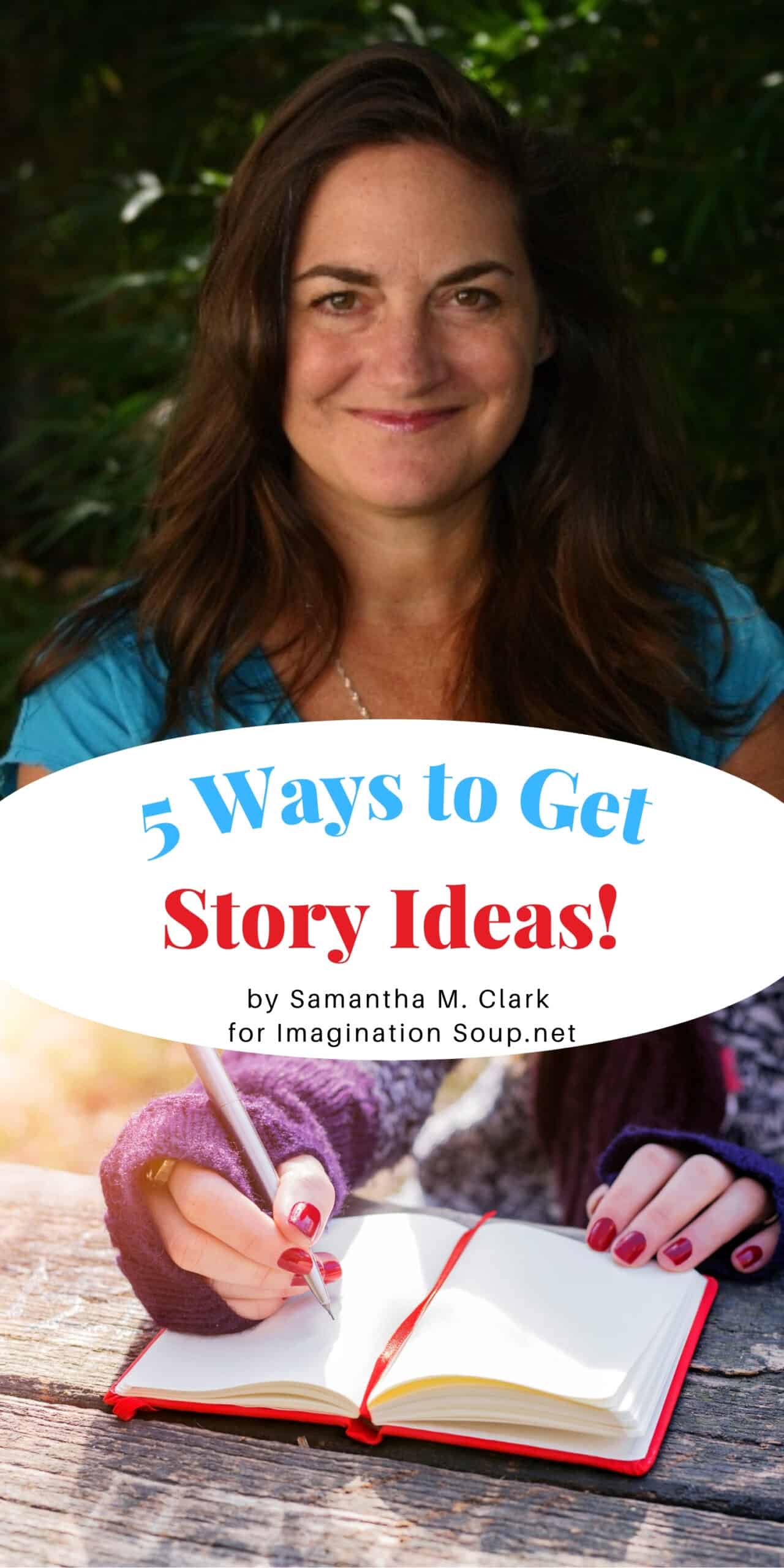
RELATED POSTS:

